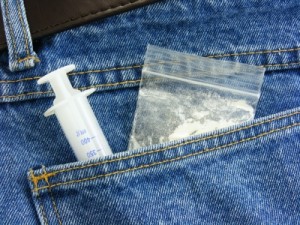Opiate addiction treatment can be a long, delicate and painful process. Finding the right type of opiate addiction treatment program is critical to your long-term success, but it may take more than one attempt. Below you will find out how to help someone dealing with an addiction to opiates and what opiate addiction treatment centers are available.
Opiate Addiction Treatment: Stats
According to Harvard Medical School, an addiction to opiates ranks only behind alcohol as the oldest, most persistent and widespread drug problem. Some common drugs associated with opiate addiction include:
• Morphine
• Heroin
• Oxycontin
• Vicodin
Harvard says there are well more than a million opiate addicts currently living in the United States alone.
Opiate Addiction Treatment: Detox

The most physically excruciating process of opiate addiction treatment is detox. Patients in a substance abuse facility will go through the withdrawal process under 24-hour medical supervision. Detox can last up to a week in some cases and the withdrawal symptoms are usually most unpleasant. Anxiety, agitation, vomiting, diarrhea, and hot and cold flashes are just some of the things a patient may experience during detox.
Opiate Addiction Treatment: Medication
Medication is often used as part of any opiate addiction treatment program. For over 50 years, methadone has been used to treat heroin addiction. Methadone is administered daily, but it is regulated so that only certain clinics can do so.
Buprenorphine is another common drug used in opiate addiction treatment. In addition to treatment for addiction, Buprenorphine is used to treat pain. Buprenorphine is also known as Subutex, Suboxone and Temgesic.
Opiate Addiction Treatment: Counseling
Counseling and therapy is another large part of any opiate addiction treatment program. Addicts will discover the source of their addiction and discover ways to live without the drugs through individual counseling. Group therapy is another way for addicts to tell their story without fear of judgment or reprisal.

